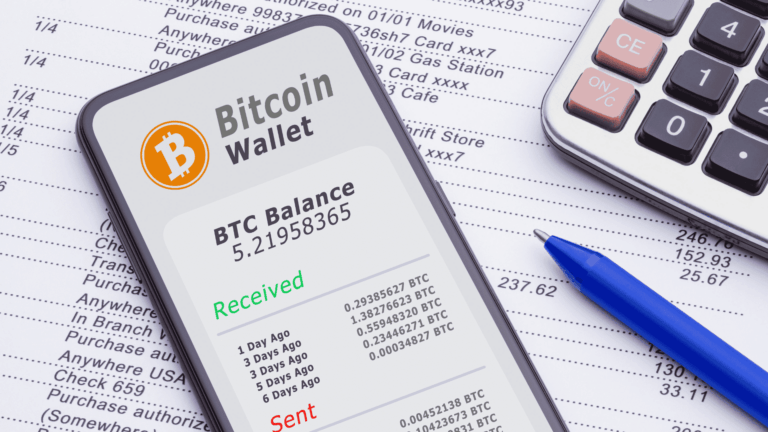Build vs partner: choosing the right Bitcoin & Lightning integration
The Bitcoin Lightning Network is gaining traction as businesses and users across sectors seek faster, cheaper, and borderless payments. Increasingly, Lightning integration has become a strategic decision has become a strategic decision to improve settlement speed and finality — two important pain points of cross-border payments.
Should you develop your own Lightning integration or partner with a third-party provider? The answer has implications for cost, compliance, scalability, and time-to-market.
This article breaks down both options to help decision-makers choose the path that aligns with their growth strategy.

What’s behind a Lightning integration?
Before reviewing the pros and cons of building or partnering for a Lightning integration, it’s important to understand the two layers that make it up:
Lightning Payment Processor (backend):
- Handles the transaction lifecycle: liquidity management, channel routing, settlement, and fiat on/off-ramps.
- Ensures compliance with AML/KYC and reporting obligations.
- Comparable to the role of acquirers in card payments.
Lightning Payment Gateway (frontend):
- The interface merchants and platforms use to accept payments.
- Provides APIs, SDKs, dashboards, and plugins.
- Offers reporting, reconciliation, and integration with existing business systems.
Together, these layers form the Lightning payment stack. Some businesses choose to build only one—such as a proprietary gateway layered on top of a third-party processor, or a backend processor integrated into existing frontends. However, both layers are tightly connected, and building in-house usually means addressing both eventually. Either path requires significant technical expertise, capital, and regulatory readiness.
Building in-house: pros and cons
Building a Lightning integration internally is a deeply strategic decision and a big commitment. It signals that payments are viewed as a core differentiator rather than a supporting function. For large enterprises with deep technical resources and regulatory expertise, this path can unlock long-term advantages. But for most businesses, the hidden costs and operational burdens outweigh the benefits.
PROS:
- Control: Full authority over infrastructure, data, and roadmap.
- Customization: Tailor settlement flows, reporting, or integrations to unique business models.
- Long-term cost potential: At very large transaction volumes, fees saved on third-party providers may offset development costs.
CONS:
- High investment: Requires specialized engineering talent in Lightning, liquidity management, network trust and cryptographic security.
- Regulatory complexity: Requires expertise in crypto regulation, which often falls outside a business’s existing compliance knowledge and capabilities.
- Longer time-to-market: Building and maintaining core payments infrastructure delays product rollouts.
- Ongoing burden: Continuous monitoring, upgrades, and liquidity balancing demand dedicated teams.
Partnering with a third-party: Pros and cons
Choosing to partner with a Lightning payment provider reflects a different strategic mindset: that payments are critical to enable growth, but not the area where a business is dedicating its core investment and resource muscle. By leveraging a third-party solution, companies can accelerate business growth, ensure compliance, and reallocate internal resources toward their competitive edge, whether that’s customer experience, product innovation, or market expansion.
PROS:
- Speed to market: Integration through APIs, SDKs, or plugins accelerates deployment.
- Compliance expertise: Enterprise-ready and specialized knowledge of crypto regulation.
- Managed infrastructure: Liquidity, routing, and settlement optimized by specialists.
- End-to-end stack: Processor and gateway bundled in one service.
- Focus on core business: Frees teams from the complexities of payments infrastructure.
CONS:
- Vendor reliance: Dependence on a partner for uptime, pricing, and roadmap.
- Less customization: Limited control over deep infrastructure.
- Transaction fees: Ongoing provider costs, though typically lower than building and maintaining in-house.
Key considerations before deciding
If you’re a decision maker and you’re thinking whether to build in-house or partner with a provider, these are the most important factors to consider:
- Compliance and Regulation: Do you have dedicated expertise for both your sector’s regulatory framework and the additional layer of crypto-specific rules?
- Scalability: Can the solution handle high-volume, low-value transactions efficiently as adoption grows?
- Security and Reliability: What level of resilience, uptime, and fraud prevention is required to protect customers and revenues?
- Total Cost of Ownership: Beyond headline fees, have you considered long-term development, maintenance, and compliance overhead?
- Strategic Priorities: Is payments infrastructure central to your competitive edge, or is it a supporting function better outsourced to specialists?
- Flexibility: Does the model allow for rapid entry into new markets or the addition of new payment methods when required?
- Talent: Can you attract and retain Lightning-specialized technical talent capable of building and scaling a robust payments infrastructure?
Answering these questions will help you align the Lightning payments enabling strategy with overall business objectives, and avoid costly missteps such as over-investing in infrastructure that doesn’t scale to other business needs or underestimating compliance requirements across jurisdictions.
Build or partner - which is better?
The decision to build or integrate a partner’s solution reflects how a business positions payments within its growth model. In-house development may suit organizations with extensive engineering resources and a mandate to treat payments as a competitive differentiator.
For most companies, however, the complexity of compliance, liquidity management, and ongoing maintenance makes it an expensive and slow route to market, even for those already invested in crypto payments. Partnering with a third-party provider offers a faster, lower-risk way to deliver Lightning payments at scale while allowing teams to focus on customer experience and expansion.
For enterprises seeking a ready-made path, ElenPAY provides a seamless Lightning payments solution, offering processor, gateway and infrastructure layers in one end-to-end platform:
- Bitcoin Lightning Network (Layer 2) and Bitcoin on-chain (Layer 1) processing
- BTC and stablecoin payments
- Built-in liquidity management and analytics
- Lightning infrastructure for efficient BTC transactions
- Easy setup and integration
- Zero chargebacks
- Compliance expertise
- Comprehensive security measures
ElenPAY enables businesses to adopt next-generation payments without building infrastructure from scratch.
To explore whether partnering is the right fit for your business, request a demo with ElenPAY and discover how payments can become a growth driver.







